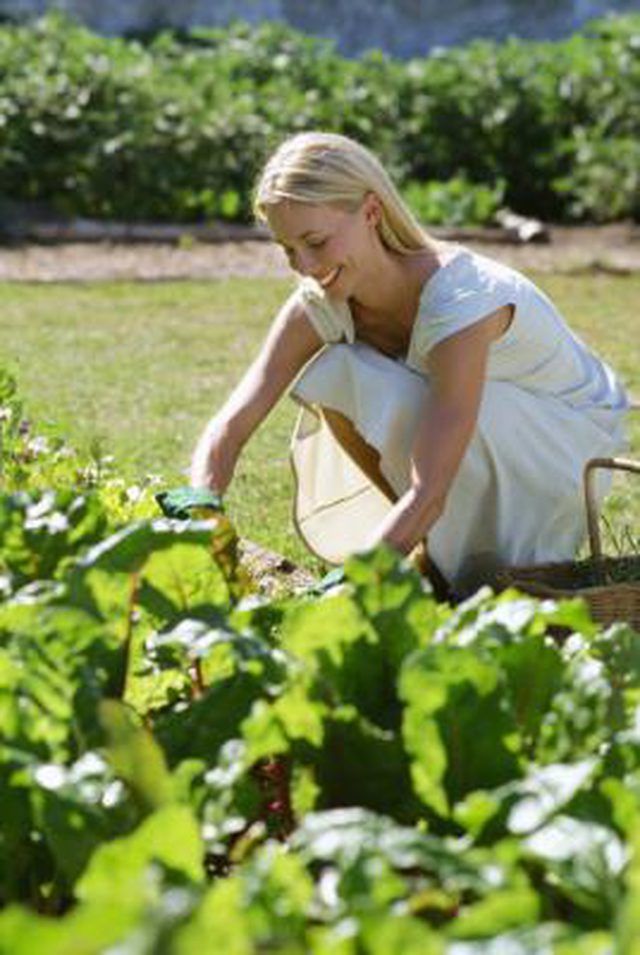Bulbs
Flower Basics
Flower Beds & Specialty Gardens
Flower Garden
Garden Furniture
Garden Gnomes
Garden Seeds
Garden Sheds
Garden Statues
Garden Tools & Supplies
Gardening Basics
Green & Organic
Groundcovers & Vines
Growing Annuals
Growing Basil
Growing Beans
Growing Berries
Growing Blueberries
Growing Cactus
Growing Corn
Growing Cotton
Growing Edibles
Growing Flowers
Growing Garlic
Growing Grapes
Growing Grass
Growing Herbs
Growing Jasmine
Growing Mint
Growing Mushrooms
Orchids
Growing Peanuts
Growing Perennials
Growing Plants
Growing Rosemary
Growing Roses
Growing Strawberries
Growing Sunflowers
Growing Thyme
Growing Tomatoes
Growing Tulips
Growing Vegetables
Herb Basics
Herb Garden
Indoor Growing
Landscaping Basics
Landscaping Patios
Landscaping Plants
Landscaping Shrubs
Landscaping Trees
Landscaping Walks & Pathways
Lawn Basics
Lawn Maintenance
Lawn Mowers
Lawn Ornaments
Lawn Planting
Lawn Tools
Outdoor Growing
Overall Landscape Planning
Pests, Weeds & Problems
Plant Basics
Rock Garden
Rose Garden
Shrubs
Soil
Specialty Gardens
Trees
Vegetable Garden
Yard Maintenance
How to Build a Grain Drill
How to Build a Grain Drill. Large-scale farmers sow seeds wholesale with a grain drill, or seed planter, dragged behind their tractors. Though the backyard gardener does not need that kind of equipment or efficiency, a homemade grain drill will speed up your seed planting and save you a backache from stooping over to place each seed in a hole by...

Large-scale farmers sow seeds wholesale with a grain drill, or seed planter, dragged behind their tractors. Though the backyard gardener does not need that kind of equipment or efficiency, a homemade grain drill will speed up your seed planting and save you a backache from stooping over to place each seed in a hole by hand. A homemade grain drill has a drill section and a planter section with a spacer between them. Step on the drill section to make a hole, then place the planter in the hole and drop a seed down the funnel. Step on the drill section again to make a fresh hole and repeat the process as you move down the row.
Things You'll Need
Measuring tape
1-inch diameter PVC pipe
Hacksaw
Elbow joint
T-joint
PVC glue
Funnel
Caulking
Measure the distance from your waist to the floor with a measuring tape. Cut a 1-inch PVC pipe to that measurement with a hacksaw. This is the planter section of your grain drill.
Measure the depth of the fitting in a PVC elbow joint. There is a lip inside of the elbow that stops the PVC pipe from going too far into the joint. Measure from the lip to the opening in the elbow joint. Make the same measurement for a PVC pipe T-joint, but only measure the part of the joint that corresponds to the veritcal part of a capital "T."
Add the depth of the elbow joint fitting to the depth of the holes you want from your grain drill. Cut a piece of PVC pipe to that length. This is the drill section of your drain grill. For example, if the fitting on your elbow joint is 1/2 inch, and you want to plant at 2 inches, cut the PVC pipe to 2 1/2 inches.
Glue a PVC pipe cap to the end of the drill section. Apply the PVC glue with the dauber or brush attached to the lid of the glue bottle. Spread the glue around the inside of the PVC pipe cap and the end of the PVC pipe. Push the pipe into the cap until it stops, and hold them together for 10 seconds.
Add together the depth of the fittings for the T-joint fitting and the elbow joint fitting. Add that number to the distance you want between your crops, then subtract 1 inch. Cut a piece of PVC pipe to this length. This is your spacer piece. For example, if each of the joints measures 1/4 inch deep, and you want to plant your seeds 6 inches apart, you would cut a 5 1/2 inch section of pipe. The addition and subtraction serves to center the drill and the planter at the proper interval while accounting for the depth of the joints.
Glue the uncapped end of the drill section into one opening in the elbow joint. Glue one end of the spacer into the other opening. Glue the other end of the spacer into the hole in the T-joint that represents the bottom of the vertical section of the letter "T." Orient the drill section so that it runs parallel to the part of the T-joint that represents the horizontal section of the letter "T."
Glue the T-joint, with the spacer and drill sections attached, to one end of the planter section of PVC pipe. Orient the spacer-drill section so the drill section is parallel to, and points away from, the far end of the planter section of pipe. Glued together, the pipe sections should resemble two risers and one step on a staircase. The drill section goes up, the spacer goes across and the planter section goes up again.
Glue a funnel to the end of the planter section that does not have a joint on it. Draw a bead of caulking around the top rim of the PVC pipe, as opposed to around the outside edge of the pipe. Place the narrow end of the funnel into the pipe, then draw another bead of caulking around the seam created by the funnel and the edge of the PVC pipe. The funnel is where you will drop the seeds once the drill is in position.
Tips & Warnings
Make differently spaced grain drills for different crops.
Always use PVC glue in a well-ventilated area.